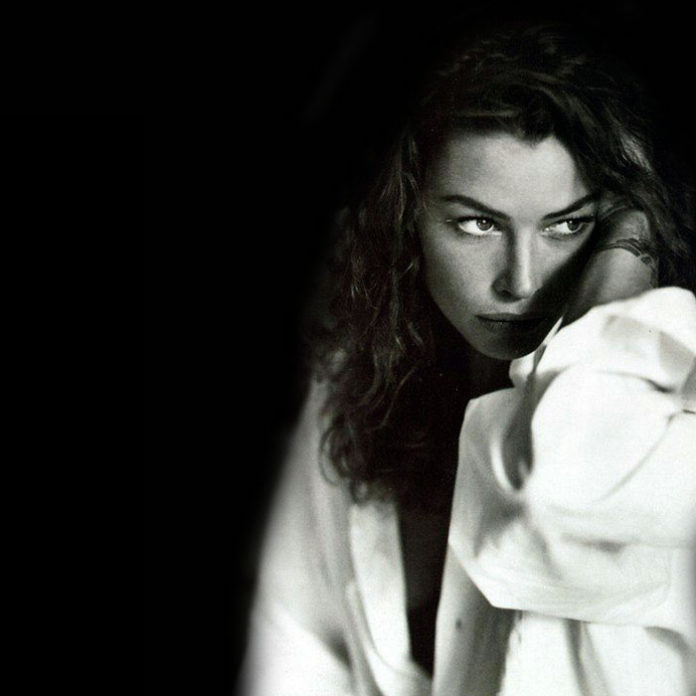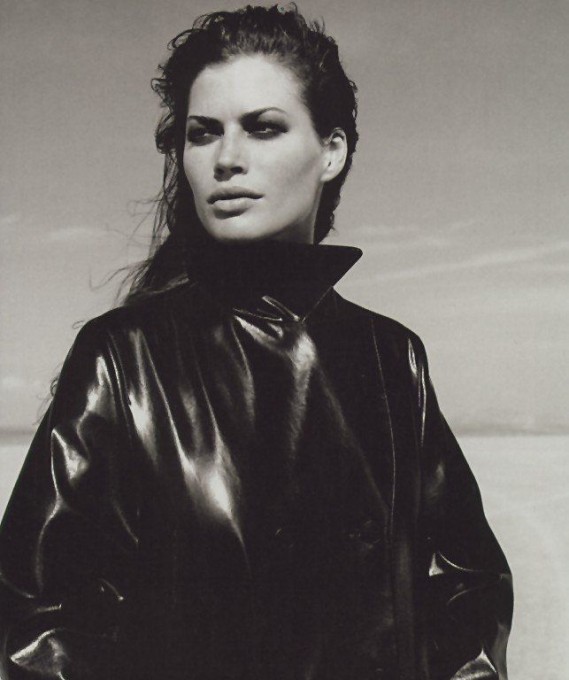
Often we look at the fashion world and think, “wow, those girls look stunning on those magazines and ramps”. These models travel the world, do shows/shoots for big fashion brands in the world; but do we really know the real truth behind this “amazing” and “glamorous” industry?
Eating disorders, sexual trauma and abuse, airbrushing, emotional abuse, drug/alcohol addiction, and racism are some of the things that are never spoken of.
I have read so many articles and stories of models who came out and shared their real life experiences behind the scenes in the modelling biz.
One article I read was of a former top model talking about her personal experiences in the industry. This 44-year-old former model shared some shocking truths about the modelling industry in the supermodel era of the late 80’s and 90’s.

In her piece she says, “Since I wasn’t eating enough I’d lose lots of my hair in my brush and in the shower. In fact, sometimes the hairstylists had to pin extra pieces of fake hair to my head or give me wigs just to compensate for what wasn’t on my head.” My ‘flawless’ skin was only flawless in pictures. If you saw my face in real life you’d have seen pimples, dry patches and rashes, all consequences of constant flying, dehydration, lack of nutrition, stress, cigarettes, heavy make-up and sleep deprivation.”
Beneath the surface of her flawless appearance and shots, Otis was covering up the “shame and insecurity that stemmed from multiple incidents of sexual trauma and abuse.” (Otis named her modelling agent, Gérald Marie, as her alleged rapist in her 2011 memoir, Beauty Disrupted.)
And what’s even more sad is, young models are still being taken advantage of twenty years later. While there are plenty of models who can say they had mostly wonderful experiences both inside and outside the industry, I am more than convinced that many are still battling with the same obstacles as Carré Otis did. These young girls are forced to meet impossible standards of perfection and have to accept abusive power as ‘just part of the job’.
Otis is now involved in the Model Alliance, an organisation that didn’t exist when she was in the industry, and is an ambassador for the National Eating Disorders Association.
Modelling can be financially rewarding and can also provide many other benefits and opportunities, but is it all worth it at the end?
